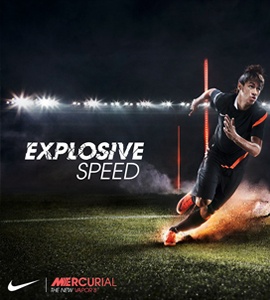How does Crypot Algo Trading bot profit reveling..
Computerized stock trading has revolutionized the way investments are managed, offering speed, efficiency, and opportunities to explore diverse strategies. This document delves into the journey of using algorithms bots and...

